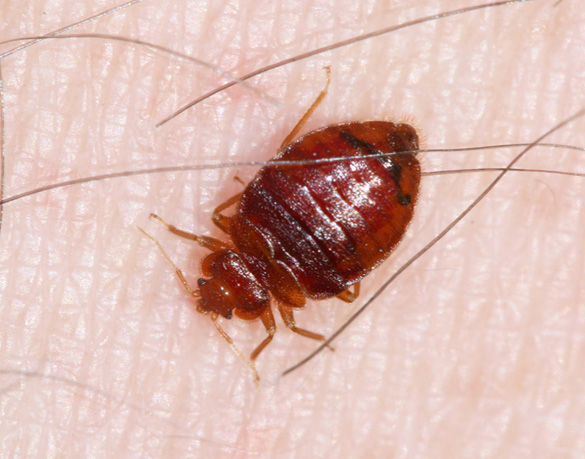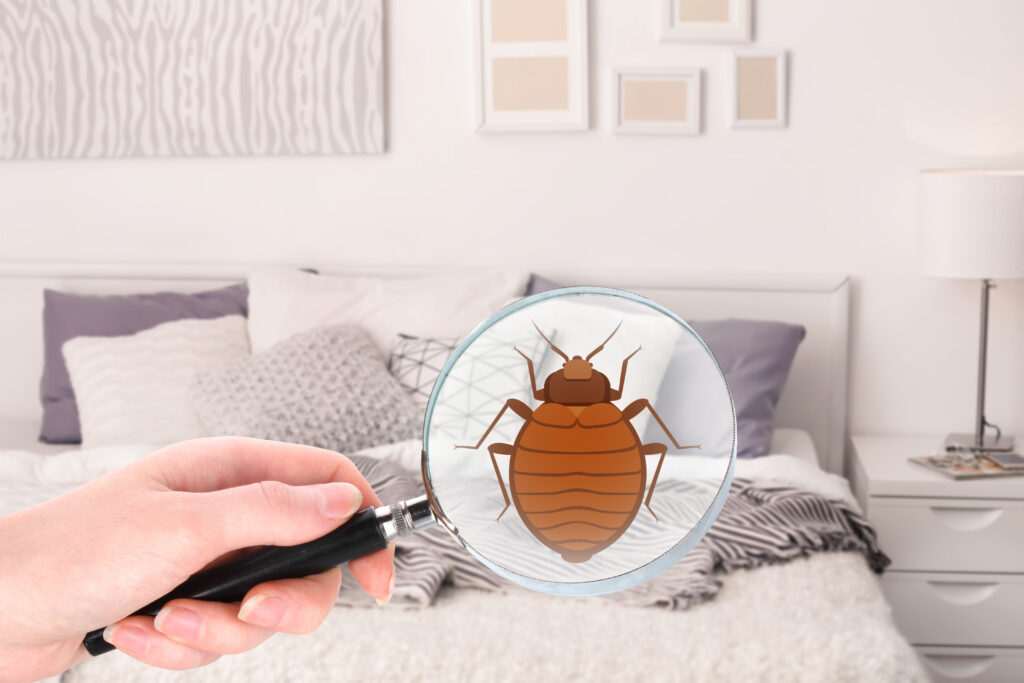Skilled Exterminator Arlington VA for Bed Bugs and Other Pests
Get Informed About the Sorts Of Insect Control Techniques and Their Benefits for House Owners
Understanding the numerous insect control approaches offered to home owners is crucial for efficient pest monitoring. Property owners that are knowledgeable can make strategic options that not only address pest problems but likewise enhance the general quality of their living atmosphere.
Chemical Pest Control Techniques
Chemical pest control approaches are a crucial element of integrated pest management approaches for house owners looking for efficient remedies to pest problems. These methods entail the application of chemical substances made to get rid of or discourage insects that intimidate personal effects, wellness, and comfort. Typical chemicals made use of include pesticides, rodenticides, fungicides, and herbicides, each tailored to target details parasites.
The main benefit of chemical pest control is its fast performance; many formulas supply prompt outcomes, reducing pest populations dramatically in a brief time. Furthermore, advancements in chemical formulations have actually caused items that are more environmentally friendly and have lower poisoning degrees for non-target microorganisms when used appropriately.

Organic Insect Control Strategies
Natural bug control approaches have gotten prominence as home owners seek more secure and more sustainable choices to traditional chemical techniques. Organic pest control methods make use of all-natural killers, parasites, or microorganisms to take care of pest populations successfully. This approach is not only ecologically friendly however also reduces the threat of injury to non-target varieties, including useful bugs and wildlife.
Among one of the most common biological control approaches involves presenting all-natural predators into the environment. Ladybugs can be used to control aphid populations, while nematodes target soil-dwelling parasites like grubs. In addition, parasitoids-- microorganisms that live on or within a host-- can be employed to manage particular insect types by laying eggs inside them, ultimately causing their death.
Another approach is making use of biopesticides, which are stemmed from all-natural products such as germs, plants, or minerals (bed bug exterminator). These products can effectively target insects while positioning minimal risk to humans and pet dogs. Generally, biological insect control techniques supply home owners with a reliable ways of insect management that straightens with environmental principles, advertising a much healthier living atmosphere while minimizing reliance on artificial chemicals
Mechanical Parasite Control Methods
Mechanical insect control strategies incorporate a range of methods that physically prevent or remove bugs without making use of chemicals. These strategies are especially useful for homeowners looking for eco-friendly alternatives while making sure the safety of their home.
One typical approach is using obstacles, such as webs, traps, and displays, which stop pests from going into homes or details areas. click this link As an example, setting up home window displays can successfully maintain bugs out, while using physical barriers around yards can deter larger parasites like rabbits or deer. Furthermore, mechanical catches designed for rodents can catch and get rid of these pests without the requirement for hazardous materials.
Another efficient method includes making use of vacuum cleaners and brooms to eliminate bugs straight from surface areas. Normal cleansing and maintenance can dramatically decrease insect populaces by getting rid of food resources and concealing places. Employing gadgets like ultrasonic insect repellents can discourage various insects through noise waves that are undesirable to them however faint to people.
Social Bug Control Practices
Social bug control practices concentrate on customizing the atmosphere and monitoring techniques to produce problems that are much less favorable to pest problems. These practices are basic in keeping a balanced environment and reducing the reliance on chemical interventions. By altering farming practices, homeowners can efficiently deter parasites while promoting plant wellness.
One common approach consists of plant turning, which interferes with the life process of insects by transforming the sorts of plants grown in a specific location (bed bug exterminator). This not only minimizes pest populaces however also boosts soil wellness. In addition, intercropping-- planting diverse crops in distance-- can puzzle parasites and lower their ability to situate their preferred host plants
Water administration is another critical facet of cultural techniques. Appropriate watering methods can prevent standing water, which works as a breeding ground for mosquitoes and other pests. In addition, preserving sanitation in and around the page home, such as consistently removing debris and food waste, can significantly reduce parasite attraction.
Incorporating these social techniques right into a comprehensive bug monitoring approach enables home owners to create an atmosphere that normally discourages pests, thus improving the performance of other control techniques while advertising sustainable gardening and landscape design.

Integrated Pest Management Approaches
Integrated Pest Monitoring (IPM) stands for an alternative approach that combines different strategies to efficiently handle bug populaces while reducing environmental impact. This method incorporates biological, social, physical, and chemical methods to achieve sustainable pest control. By analyzing pest populaces and their natural opponents, IPM highlights tracking and identifying insects prior to carrying out control actions.
One of the core concepts of IPM is the use of thresholds, which develop the degree of pest task that warrants intervention. This ensures that treatments are used only when necessary, lowering the reliance on chemical pesticides. Organic control approaches, such as introducing natural predators or parasites, work in combination with social methods like plant rotation and environment manipulation to disrupt pest life cycles.
Additionally, IPM encourages using least-toxic chemical choices when intervention is essential, focusing on products that position marginal threat to non-target organisms and the atmosphere. For homeowners, adopting IPM approaches not only improves the effectiveness of parasite management but also promotes a healthier living environment, cultivating biodiversity and decreasing chemical exposure. Eventually, IPM encourages home owners to make educated choices that balance pest control with eco-friendly duty.
Conclusion
Finally, recognizing the various bug control approaches equips property owners to make informed decisions pertaining to pest monitoring. Each strategy-- chemical, organic, mechanical, cultural, and integrated parasite management-- provides distinct advantages that satisfy various demands and preferences. By picking appropriate techniques, property owners can efficiently manage pest populations while decreasing wellness dangers and environmental impacts. This enlightened strategy adds to a healthier living environment, advertising total wellness for pet dogs and households alike.
Comprehending the various pest control approaches available to home owners is crucial for efficient parasite administration.Chemical parasite control methods are a critical part of integrated insect administration techniques for homeowners seeking reliable services to pest problems. Overall, biological parasite control techniques supply property owners with a reliable means of insect monitoring that aligns with environmental concepts, advertising a healthier living atmosphere while minimizing dependence on synthetic chemicals.
Cultural bug control methods concentrate on modifying the environment and administration strategies to develop conditions that are less favorable to pest learn this here now invasions.In verdict, recognizing the various pest control techniques encourages homeowners to make informed decisions relating to pest monitoring.